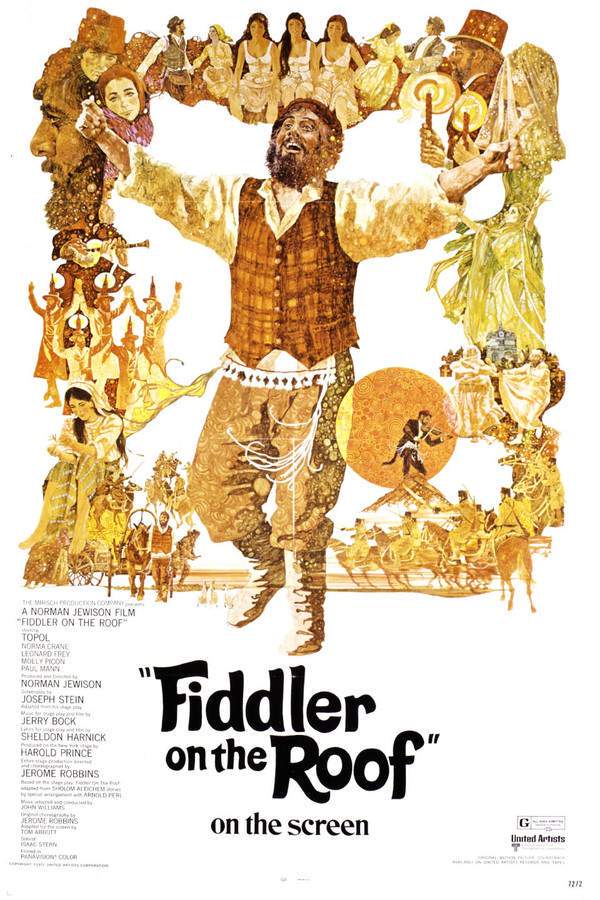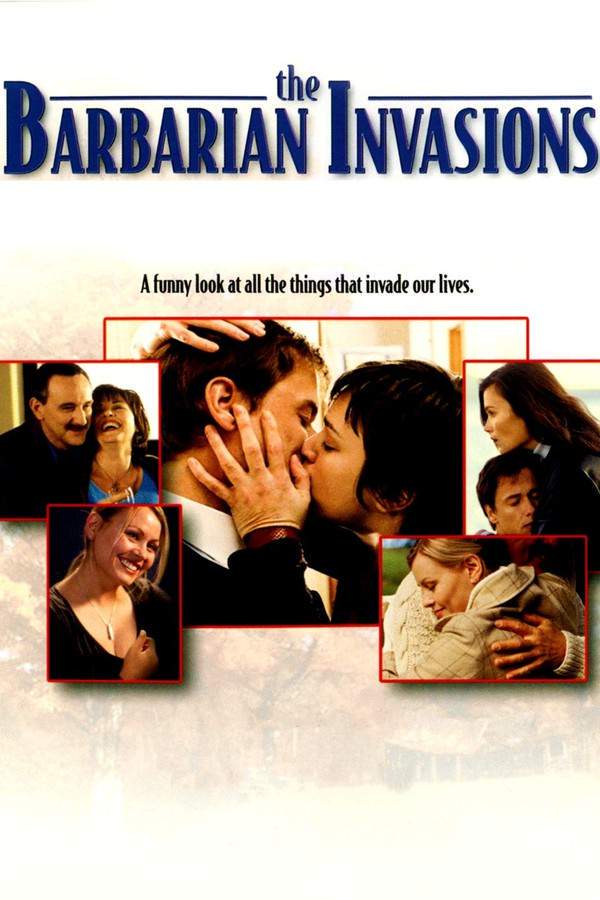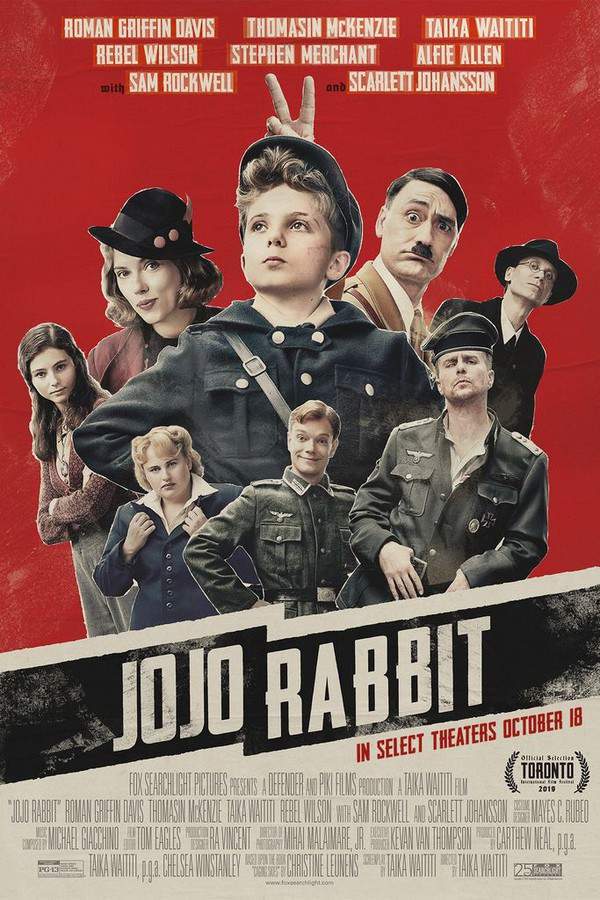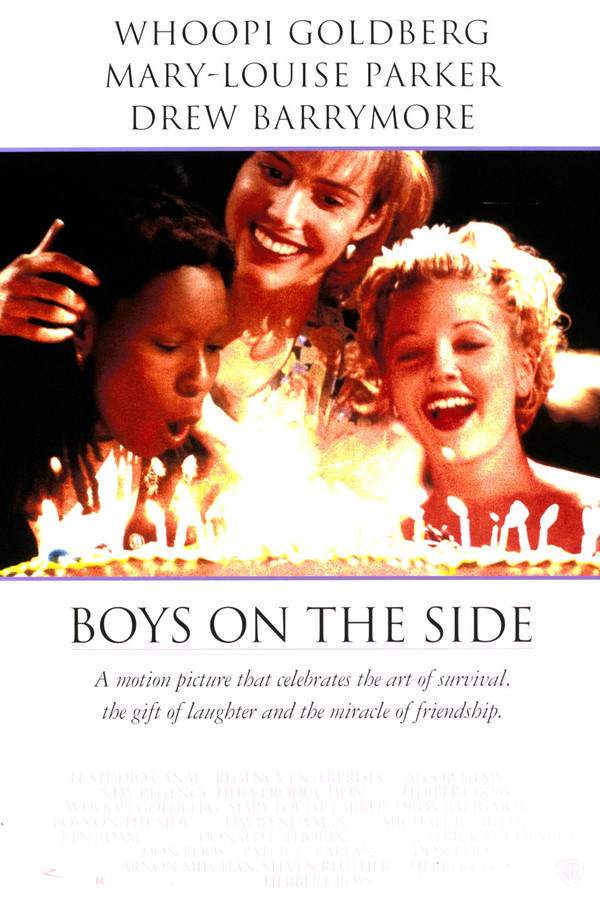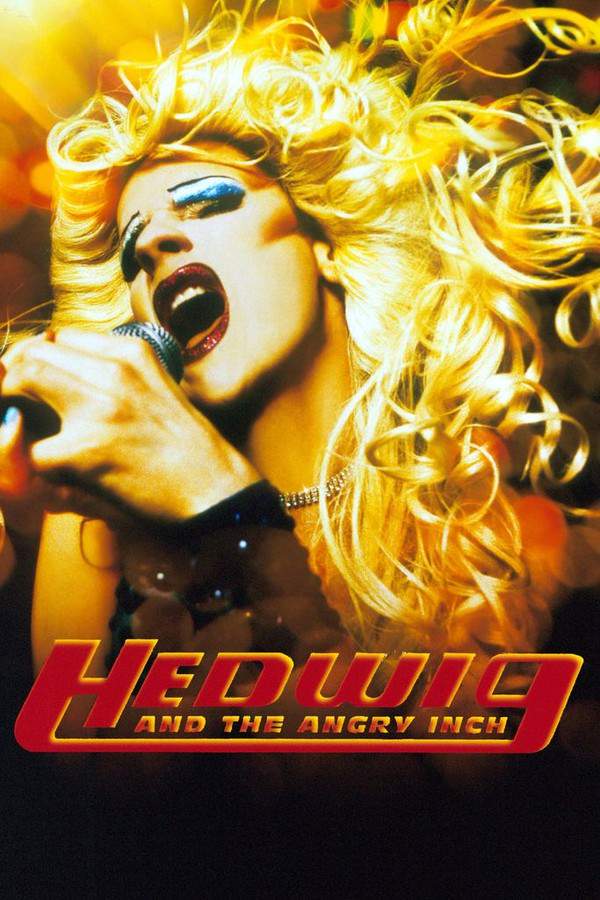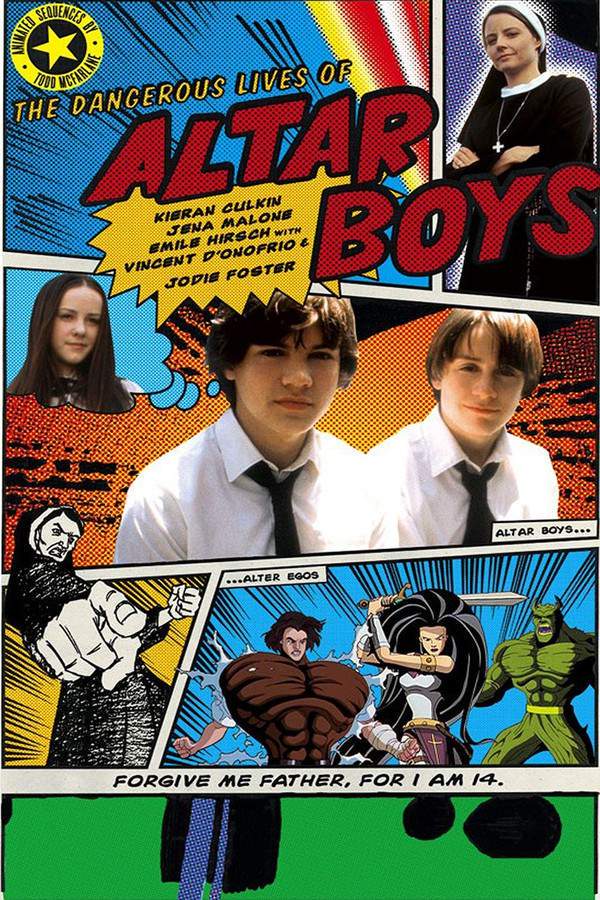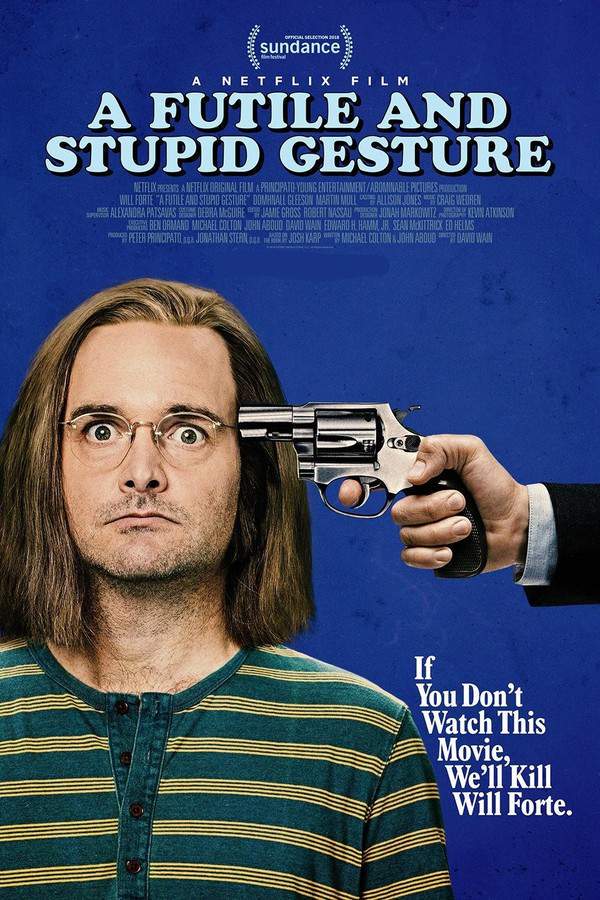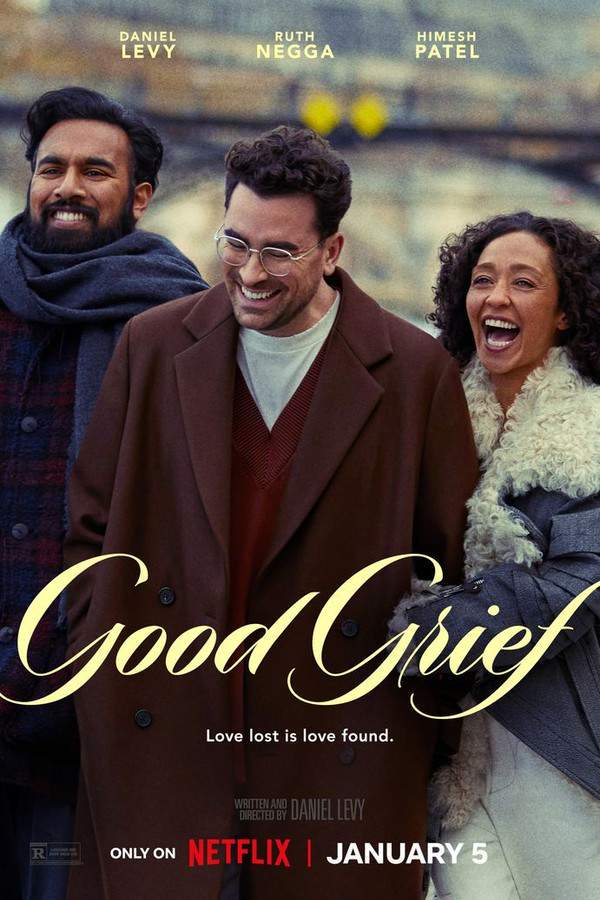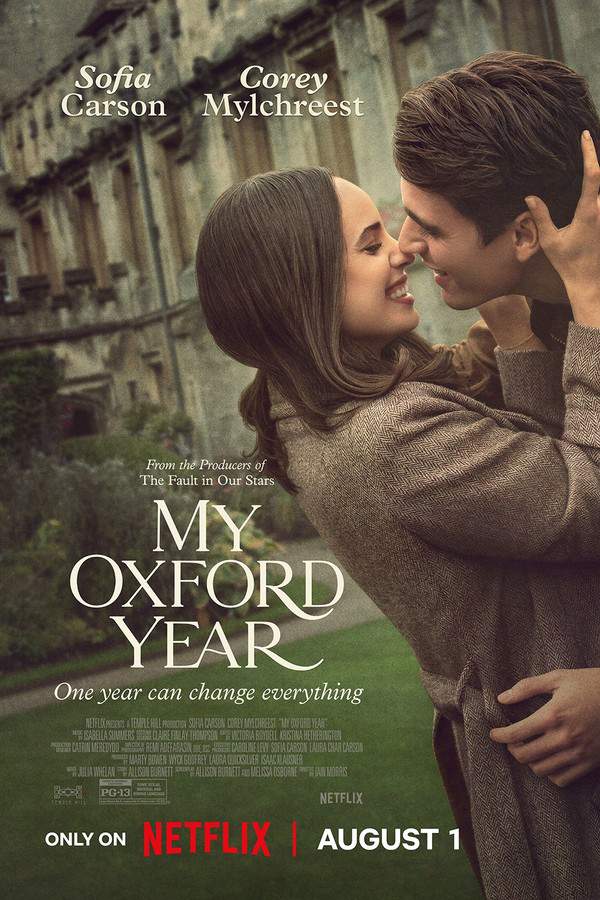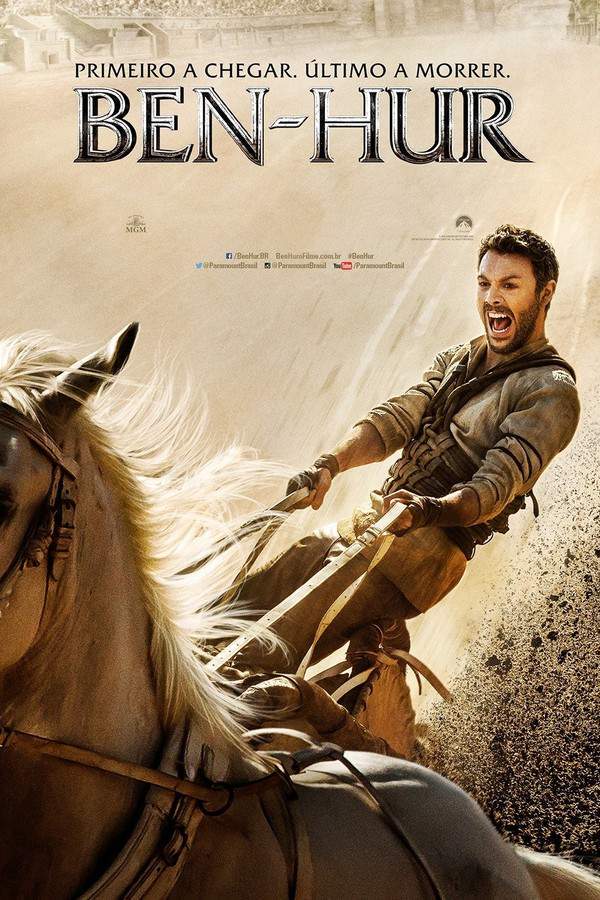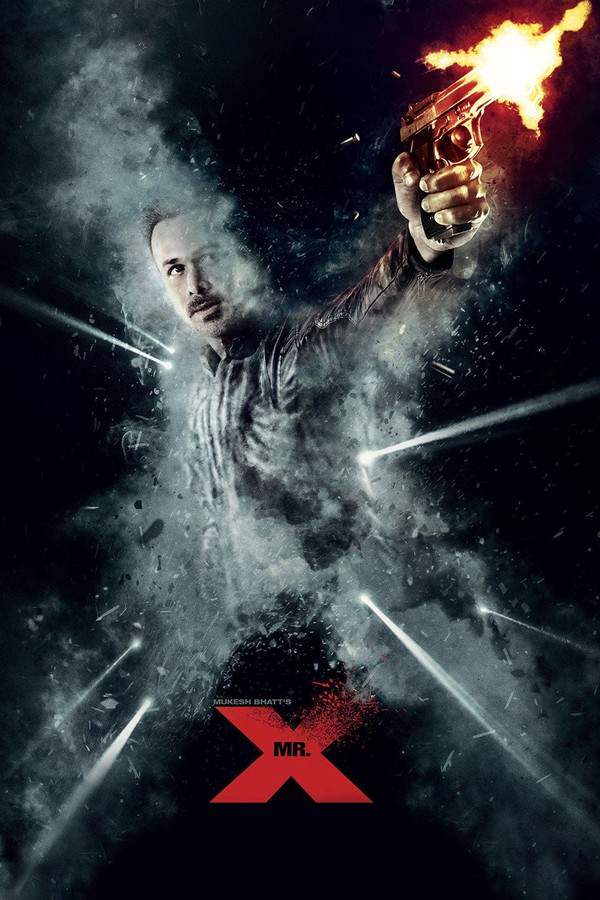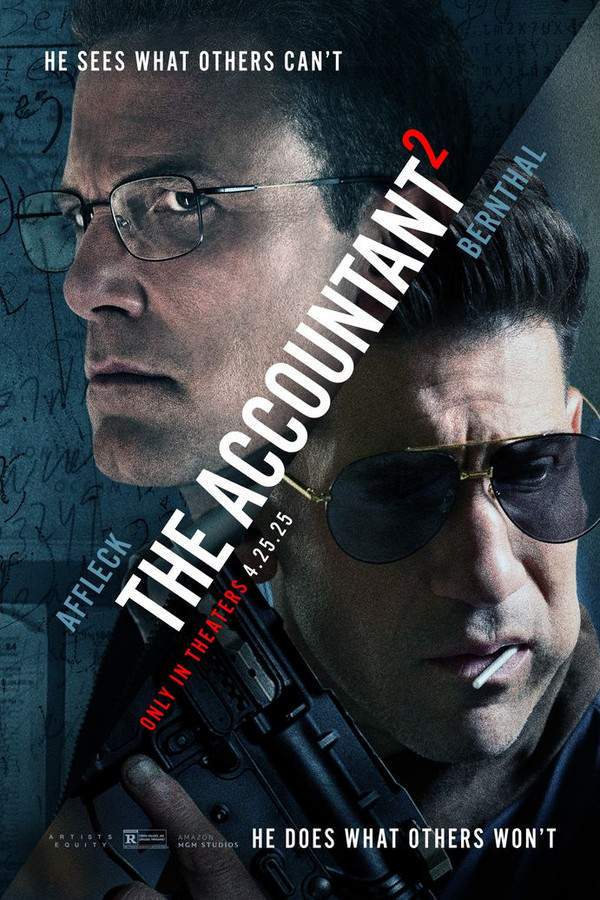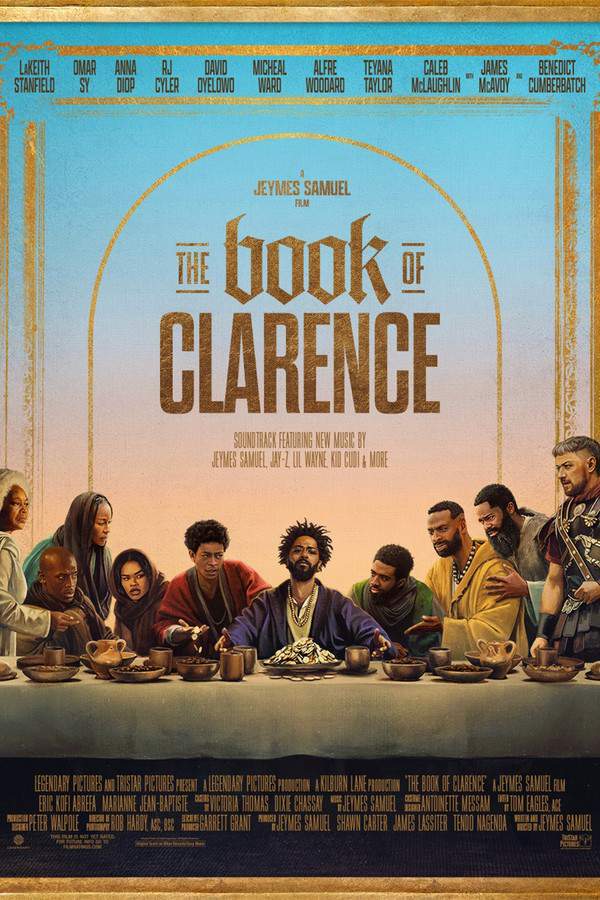
The Book of Clarence
Facing hardship and seeking a better life for his family, Clarence embarks on a daring journey. Inspired by the stories of Jesus and his disciples, he sets out on his own path, risking everything to bring hope and healing to his community. This heartwarming story explores the power of faith, courage, and the potential for redemption found in unexpected places.
Warning: spoilers below!
Haven’t seen The Book of Clarence yet? This summary contains major spoilers. Bookmark the page, watch the movie, and come back for the full breakdown. If you're ready, scroll on and relive the story!
The Book of Clarence (2024) – Full Plot Summary & Ending Explained
Read the complete plot breakdown of The Book of Clarence (2024), including all key story events, major twists, and the ending explained in detail. Discover what really happened—and what it all means.
The story unfolds through a series of interwoven vignettes, punctuated by titles reminiscent of the Ten Commandments: “The 13th Apostle”, “The New Messiah”, and “The Crucifixion.” Set against the backdrop of A.D. 33 Jerusalem, a desperate character named Clarence finds himself struggling to survive, his fate closely intertwined with that of his friend, Elijah.
Their misfortunes, including a disastrous chariot race involving Mary Magdalene, serve as ominous signs of trouble ahead. Together, they face numerous challenges: darts thrown by gypsies and a narrow escape from trampling the unfortunate Benjamin, a filthy beggar. Clarence’s troubles multiply as he falls deeper into debt with the merciless loan shark Jedediah the Terrible, whose sister Varinia captures his secret affection. Compounding their struggles, Roman soldiers unjustly accuse Clarence and Elijah of theft, subjecting them to racial profiling.
As Clarence navigates this perilous world, his moral compass begins to waver. A habitual smoker of marijuana and a thief of honey wine, he succumbs to opium one fateful day, surrounded by the lifeless bodies of fellow addicts. In a moment of clarity, he dreams of becoming a false messiah, hoping to ride Jesus Christ’s rising fame to erase his debts and garner fame.
John the Baptist, however, is unimpressed by Clarence’s duplicity when he visits the baptism site. Undeterred, Clarence pitches his scheme to the Twelve Apostles, only to meet with mockery and disdain. His twin brother Thomas, a member of the Twelve, dismisses him, embittered by their troubled history.
As tensions escalate, Judas Iscariot proposes that Clarence earn his stripes by liberating a group of gladiators, presenting him with a chance to prove himself. Seizing this opportunity, Clarence approaches the gladiators’ owner to negotiate their release. However, the owner has ulterior motives, offering to let the gladiators go if they defeat Clarence in combat or face the formidable Barabbas the Immortal.
Using cunning and strategy, Clarence triumphs, securing the gladiators’ freedom along with that of Barabbas, who becomes an unexpected ally. As their adventures unfold, Clarence begins performing “miracles,” such as resurrecting Elijah, leading to wealth accumulation.
Despite his growing success as a self-styled messiah, Clarence’s true motivations remain clouded. He and Barabbas consult Jesus’ parents, Mary and Joseph, seeking advice on replicating their son’s miracles. To their dismay, the couple reminds them that Jesus is a true figure of faith, not a fraud.
As the drama reaches its peak, Clarence must face the repercussions of his actions, including the debts owed to Jedediah and the resentment of those deceived by his false claims. When Mary Magdalene is condemned to death by stoning due to the Roman occupation’s influence, Elijah bravely steps in to protect her. Jesus, however, intervenes, miraculously pausing the stones mid-air and admonishing the accusers for their own sins. With a display of divine power, he heals Mary, solidifying Elijah’s faith.
In the shadows, betrayal brews as Varinia breaks Clarence’s trust at an extravagant event while Jedediah lurks nearby to claim payment from the unsuspecting entertainers. The Romans, eager to exploit the situation, align with Jedediah, yet Barabbas stands resolute, defying Clarence’s pleas to escape.
Wounded by Roman spears, Barabbas astonishingly survives, avenging himself upon the centurion sent to kill him. Jedediah is impressed by his resilience, leading to a brief reconciliation with Clarence, but this fragile peace shatters as the Romans apprehend Clarence for being a possible threat to their rule.
During an interrogation led by Pontius Pilate, Clarence confesses his deception, declaring himself a charlatan rather than the supposed messiah. Still, Pilate offers him hope, challenging him to walk across a nearby pool as a test of his supposed divinity. To his astonishment, Clarence succeeds, yet Pilate remains unmoved, sentencing him to crucifixion.
In the prison cell, Varinia visits Clarence, sharing a tender kiss that evokes memories of their betrayal. Thomas also visits, seeking to mend fences over past grievances. Meanwhile, Pilate dismisses Jesus’ teachings of equality and humanity as mere illusions, prompting Clarence to mock the Romans’ tendency to depict their leaders in revealing ways.
While Jesus distributes coins to the needy, he empowers Benjamin to enhance his wealth, which leads to unexpected attention from the Romans, who mistake him for another messianic figure. As Clarence nears the cross, he is flanked by Amina, Elijah, and Barabbas, all witnessing his final moments. In an unexpected twist, Cabbage, a spirited gypsy, offers assistance in carrying Clarence’s heavy burdens.
During this somber procession, Benjamin, crucified alongside Clarence, laments an artist capturing his likeness on canvas, a depiction eerily similar to traditional images of Jesus. In a poignant moment, Jesus gathers his mournful disciples, foretelling his betrayal and death, but also his resurrection.
Later, he visits Clarence’s tomb, forgiving his earlier doubt and restoring him to life, healing the wounds inflicted by Roman tyranny. As Clarence rises from his grave, his eyes filled with newfound enlightenment, he transforms from a mere believer into one who truly “knows,” radiating an illuminating smile that dispels the surrounding darkness.
Last Updated: November 17, 2024 at 17:35
Ending Explained – What Happens at the End of The Book of Clarence?
Still wondering what the ending of The Book of Clarence (2024) really means? Here’s a spoiler-heavy breakdown of the final scene, major twists, and the deeper themes that shape the film’s conclusion.
The ending of The Book of Clarence is both dramatic and symbolic. After asserting himself as a false messiah, Clarence is faced with his most pivotal test when Pontius Pilate orders him to walk on water to prove his divine power. Miraculously, Clarence succeeds, walking on water and convincing everyone—including Pilate—that he truly is a prophet. This moment elevates him from con artist to someone who actually experiences a divine miracle, which ultimately condemns him to crucifixion because he now claims to be both a false prophet and a real messenger of God. Clarence is whipped, forced to carry a cross, and crucified alongside other false prophets, including the beggar Benjamin. As he hangs on the cross, Clarence’s faith is shattered, and he questions his purpose, but then Jesus intervenes, resurrecting him and granting him new spiritual enlightenment. This resurrection signifies that Clarence, who started as a skeptic and conman, is now genuinely transformed through divine intervention, gaining true faith and understanding of God’s power. The film’s conclusion reimagines the biblical crucifixion with Clarence in the role of the sacrificial figure, emphasizing themes of faith, redemption, and the blurred lines between deception and divine truth. The story ultimately suggests that even those who doubt or deceive can experience divine grace if they are open to it, and Clarence’s journey from arrogance to genuine belief is the film’s profound message.
Last Updated: June 25, 2025 at 08:44
Explore Movie Threads
Discover curated groups of movies connected by mood, themes, and story style. Browse collections built around emotion, atmosphere, and narrative focus to easily find films that match what you feel like watching right now.
Historical Satires like The Book of Clarence
Period comedies that play fast and loose with history for laughs and insight.If you enjoyed the irreverent biblical humor of The Book of Clarence, you'll like these movies. This thread gathers comedies that cleverly satirize historical or religious events, blending sharp wit with adventurous plots and unexpected heart.
Narrative Summary
These stories often follow an unlikely protagonist navigating a revered historical period with a modern, skeptical, or self-serving perspective. The humor arises from the clash between their contemporary attitudes and the rigid norms of the era, leading to chaotic situations that ultimately reveal deeper truths about faith, power, or human nature.
Why These Movies?
They share a unique blend of satirical humor and historical adventure, maintaining a steady pace that allows for both comedic set-pieces and character growth. The tone is consistently irreverent but underpinned by a surprising earnestness, making the emotional payoff feel genuine.
False Messiah Movies like The Book of Clarence
Stories of con artists who stumble into becoming unlikely spiritual leaders.Fans of The Book of Clarence's story of a con man finding redemption will appreciate these films. Discover movies about charlatans who become revered figures, facing a crisis of conscience that leads to a heavy but hopeful emotional journey.
Narrative Summary
The plot follows a desperate protagonist who sees an opportunity in the spiritual yearning of others. They construct a persona or scheme that attracts followers, leading to increasing pressure and moral conflict. The central tension revolves around their internal struggle as the deception grows, ultimately forcing a choice between self-preservation and the sincere hope they've created, often ending in a bittersweet but redemptive sacrifice.
Why These Movies?
These films are united by a specific character archetype and narrative arc. They carry a heavy emotional weight, balancing high-intensity dramatic stakes with moments of humor and satire. The pacing is steady, carefully building the protagonist's rise and eventual moral reckoning towards a hopeful yet earned conclusion.
Unlock the Full Story of The Book of Clarence
Don't stop at just watching — explore The Book of Clarence in full detail. From the complete plot summary and scene-by-scene timeline to character breakdowns, thematic analysis, and a deep dive into the ending — every page helps you truly understand what The Book of Clarence is all about. Plus, discover what's next after the movie.
The Book of Clarence Timeline
Track the full timeline of The Book of Clarence with every major event arranged chronologically. Perfect for decoding non-linear storytelling, flashbacks, or parallel narratives with a clear scene-by-scene breakdown.

Characters, Settings & Themes in The Book of Clarence
Discover the characters, locations, and core themes that shape The Book of Clarence. Get insights into symbolic elements, setting significance, and deeper narrative meaning — ideal for thematic analysis and movie breakdowns.

The Book of Clarence Ending Explained
What really happened at the end of The Book of Clarence? This detailed ending explained page breaks down final scenes, hidden clues, and alternate interpretations with expert analysis and viewer theories.

The Book of Clarence Spoiler-Free Summary
Get a quick, spoiler-free overview of The Book of Clarence that covers the main plot points and key details without revealing any major twists or spoilers. Perfect for those who want to know what to expect before diving in.

More About The Book of Clarence
Visit What's After the Movie to explore more about The Book of Clarence: box office results, cast and crew info, production details, post-credit scenes, and external links — all in one place for movie fans and researchers.




